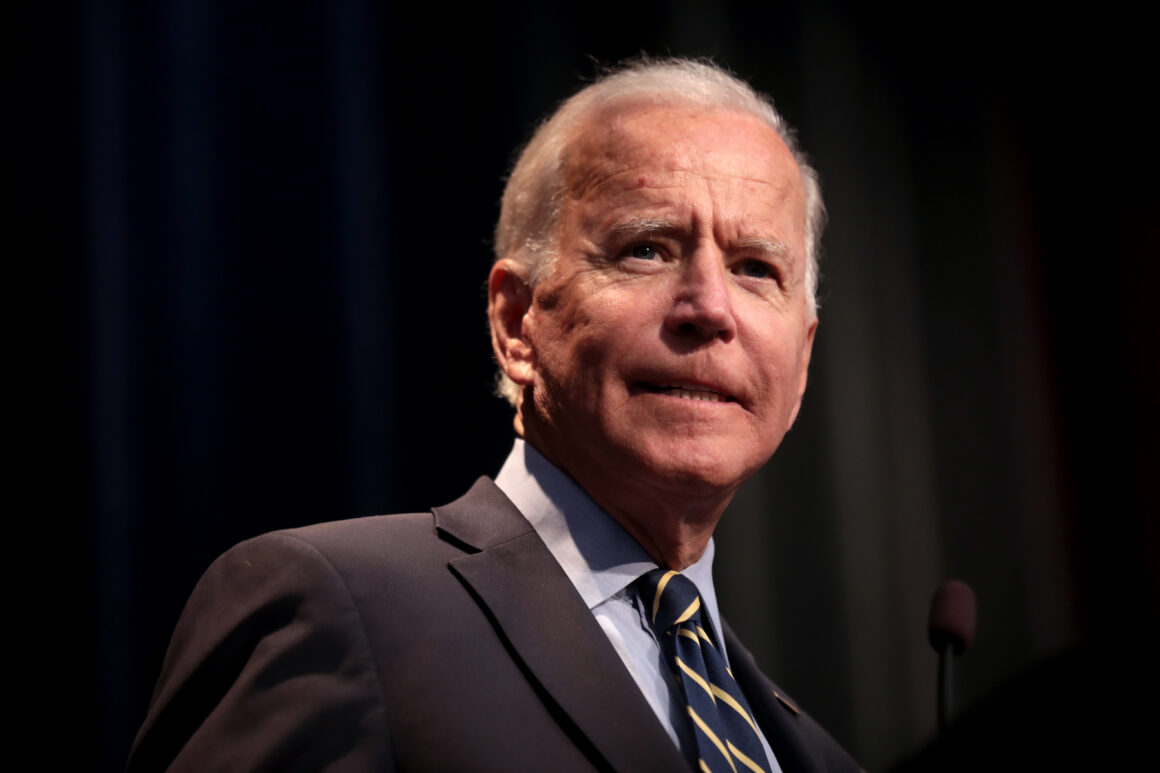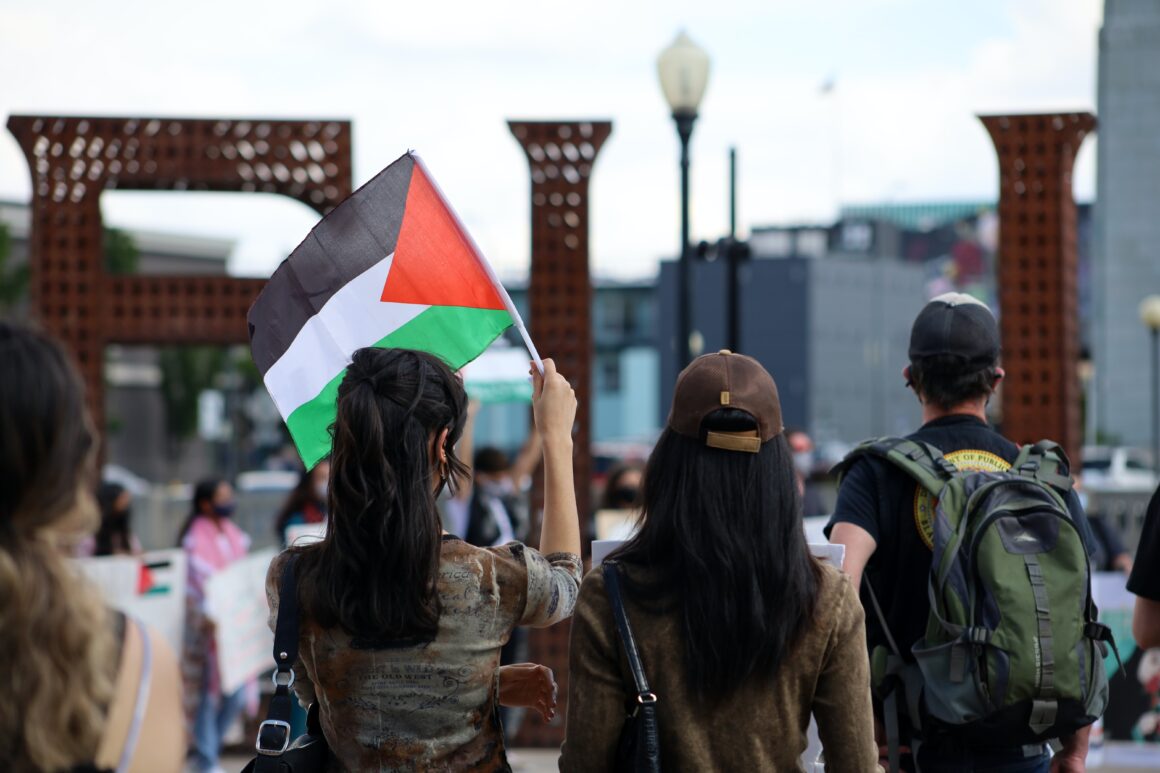
It’s a totally different world on the campgrounds of the Standing Rock protests. Coming from what is arguably the commercialist capital of the world, in New York City, the idea of a society without the constant burden of such a system was almost as revolutionary as the ideology I was experiencing. The struggle between those at the Standing Rock campsite is almost an exact metaphorical depiction of the struggle between those of the ruling class and those of the proletariat.
And in this group of citizen heroes, we see the unity that could change the world. In Standing Rock there is no race, there is no gender, there is no divisive identity any farther than the lines between the militant police and the people.
Standing Rock has found a way to come together beyond all other forms of political association to fight for the common cause – clean water. This kind of unity is something I’ve only ever dreamed of in my most idealistic fantasies about the world. It has brought to light, along with the brilliant and educated friends I met along the way, that this is not only the ideal but the absolute necessity if we are ever to achieve true freedom.
The true enemy has never been each other. It has never been the black man or the white man, the Muslim or the Jew. It has always been the same people all along, those who are immeasurably, inconceivably, unnecessarily and unethically wealthy. It has always been the ruling class that turns us against each other for the sake of their own benefit and their continued affluence. That is not to say that white supremacy, sexism, white privilege, and gender bias do not exist. It is only to say that in order to achieve the equality that we yearn for – we must address the real problem. Capitalism in its quintessential framework is always centered on inequality. The idea of social mobility, the “American Dream,” already lends to the given concept that some have tons and others have none. That those that have all are allowed to swallow up and distribute for profit all of the resources that are in actuality human rights. It is such a foreign concept to the Western mindset that food, shelter, healthcare, and education are all within our absolute and unquestionable human rights. We shouldn’t have to slave away for $10 an hour to be able to feed our families. We should just, quite simply, have access to food.
So to circle back to the identity-centered political associations that harm us – white supremacy exists and it’s evil but it’s for the benefit of the bourgeois. If they convince the poor white man to hate the poor black man than he will side with their oppressor – the rich man and oppress someone who he has more in common with than anyone else. His fellow proletarian. They’ve convinced us of these constructs in order to keep their power. They tell those who support Donald Trump of their perceived superiority over the Muslim in Syria, not realizing that we have more in common with the average citizen in any region of the world than we do with the capitalist imperialists we swear our allegiance and sometimes our lives to.
Of course, sexism and racism exist in a very real way. Within the oppressive system of capitalism there are those who are shot by police at vastly larger rates, who are objectified from birth, whose sexual assault is ignored, whom are offered better jobs and more access to resources. However, though the privilege that those at the top of the identity totem pole (i.e.: white men) receive, is ultimately for the purpose of maintaining capitalism. This is a long journey of understanding and requires seeing our society objectively and through a lens that with the strength of the capitalist propaganda that we are laced for our entire lives is new and foreign to us as Westerners and specifically as Americans. But it is an interesting and unifying analysis that just might set us free.
We could learn from Standing Rock, from the unity of the people, from the recognition of a common enemy, from the appreciation of our environment, from the bravery and active demonstration of democracy. It is here, in North Dakota, in 2016 that we see what freedom looks like.




